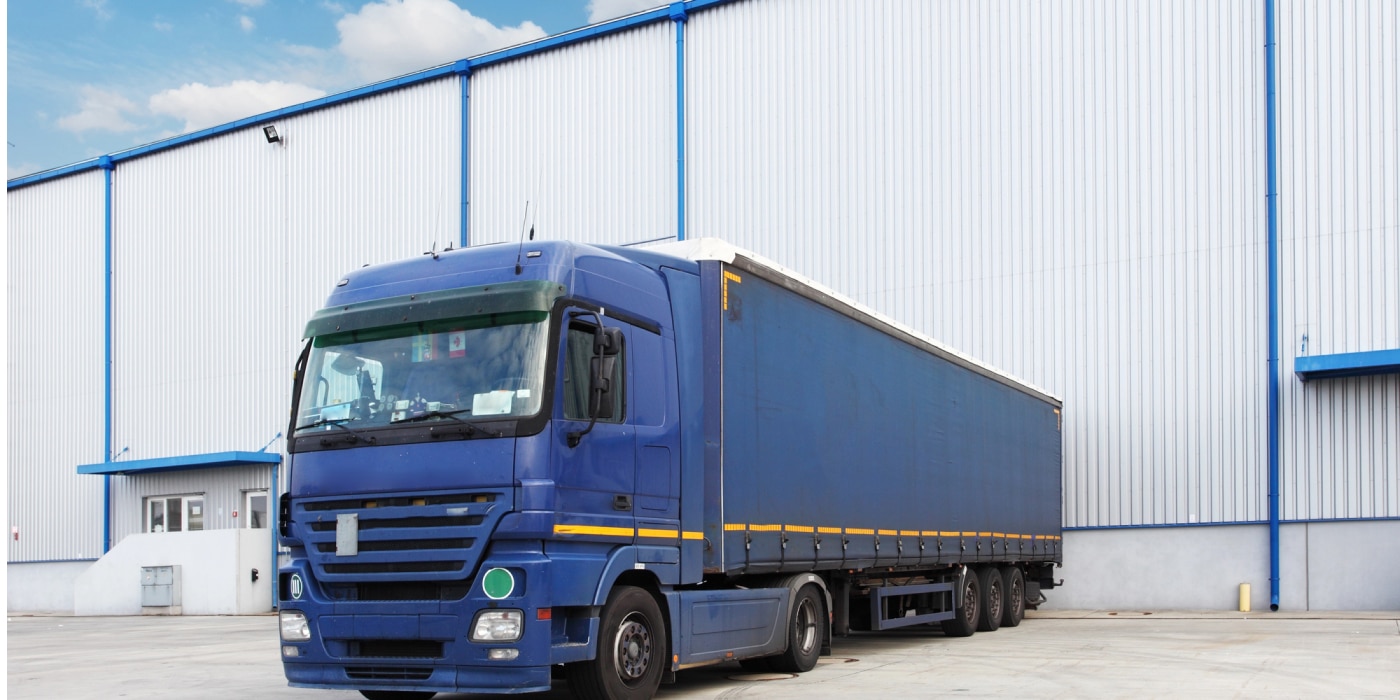Overcoming the Driver Shortage with 3PLs
The trucking industry has been facing a persistent driver shortage for years. The truck driver shortage remains one of the biggest threats to U.S. freight and logistics operations in 2025, according to Tech.co’s Logistics Report 2025. Nearly 70% of logistics companies say the ongoing driver shortage is limiting their ability to meet freight demand.
For businesses that rely on moving goods quickly and efficiently, this shortage can lead to higher freight rates, slower delivery times, and increased uncertainty in meeting customer expectations. The report noted that among U.S. logistics businesses impacted by driver shortages, service disruptions and delivery failures were their top concern. Third-party logistics (3PL) providers, however, can help shippers navigate the shortage by leveraging their network reach, technology, and operational flexibility.
Here’s a look at how 3PLs can keep goods moving despite driver availability challenges, helping companies meet increasing delivery demand.
Expand Carrier Partnerships
Only 8% of companies affected by driver shortages say they operate entirely in-house, according to Tech.co’s report. Sixty-seven percent of logistics businesses rely on third-party carriers at least occasionally. One of the biggest advantages of working with a 3PL is access to their extensive carrier network. Rather than relying on a limited carrier pool, 3PLs maintain relationships with hundreds, or even thousands of carriers across the country.
Many 3PLs are building wider, more diverse carrier networks, including regional haulers, independent owner-operators, and niche specialists. This allows them to tap into capacity other shippers might miss. If one carrier is short on drivers, the 3PL can quickly reallocate freight to another partner without interrupting service. This flexibility also allows 3PLs to use regional carriers who may have driver capacity in specific markets, helping shippers maintain consistent delivery performance even when national carriers are stretched thin.

Optimize Routes and Schedules
Empty miles are a huge waste of driver hours and capacity. Technology is playing a major role in minimizing empty miles and easing the effects of the driver shortage. Seventy-three percent of logistics businesses say that technology is already helping them address workplace challenges. Many 3PLs are using advanced route optimization software and predictive analytics to plan more efficient routes, reduce empty miles, and maximize driver productivity.
Third-party logistics providers are also investing in digital freight platforms that automatically match loads with available drivers in real time. These systems consider factors like location, truck type, and delivery deadlines, enabling faster booking and reducing empty miles that eat into capacity. This increases efficiency without adding more drivers to the road. Shorter routes, consolidated shipments, and smart scheduling allow drivers to complete more trips in less time, maximizing available capacity without overburdening the workforce.
Diversify Transportation Modes
When driver capacity tightens, 3PLs look beyond traditional trucking to alternative modes of transportation. This might include intermodal shipping (combining rail and truck) to reduce reliance on long-haul truck drivers. LTL (less-than-truckload) consolidation allows multiple shippers to share truck space efficiently, maximizing space utilization and reducing the total number of trucks and drivers needed. While air freight can be helpful for urgent deliveries when ground transportation is constrained.
Over half of logistics businesses say driver constraints have occasionally or frequently impacted their ability to meet customer expectations, according to the aforementioned report. Labor disruptions and delivery delays can disrupt retail launches, production schedules, and customer experiences. By diversifying transportation modes, 3PLs can maintain delivery reliability without depending entirely on a shrinking pool of truck drivers.
Third-party logistics providers can mitigate driver shortages because of their broad networks, technology, and scalability. By combining technology, partnerships, and creative logistics solutions, 3PLs help businesses maintain delivery performance, control costs, and keep customers happy despite industry bottlenecks.
For more information about how our delivery management solution can help you manage your delivery operations more efficiently, please contact info@bringoz.com.
